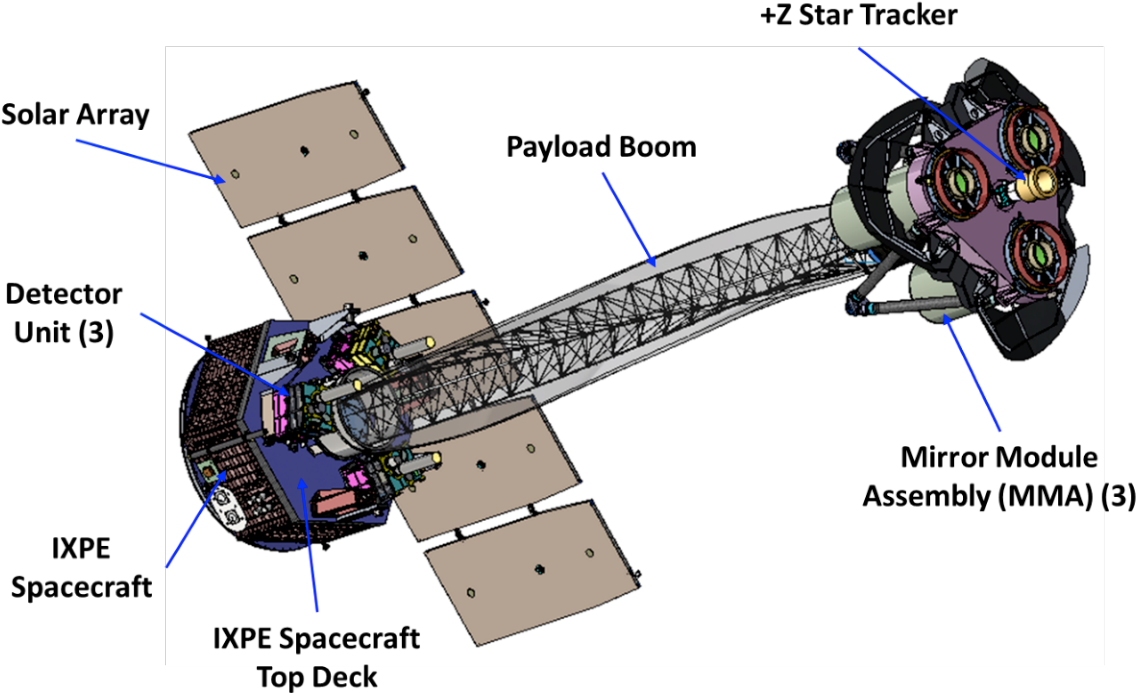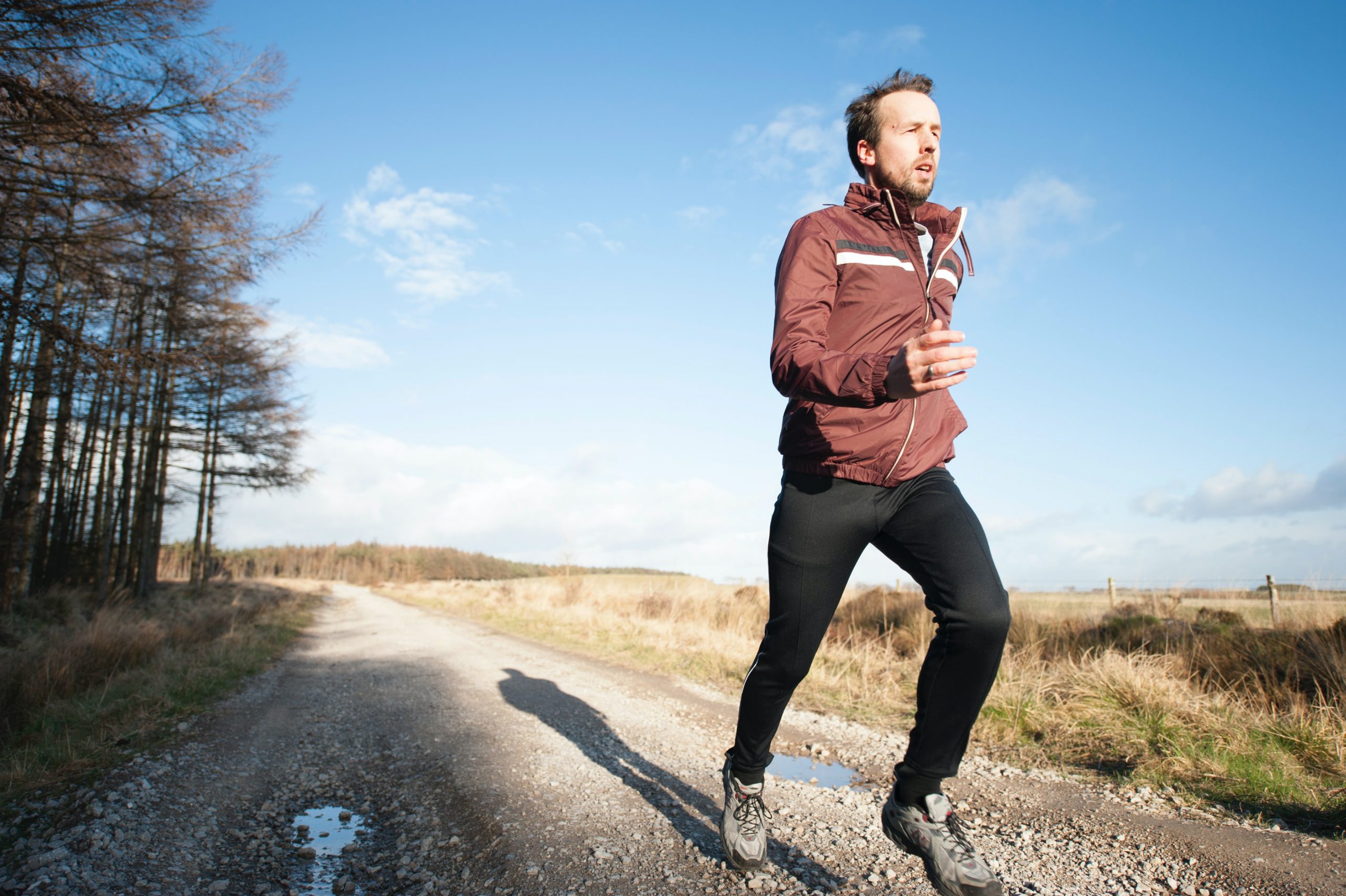You don’t need a gym or even any equipment to achieve a beneficial full-body workout.
Two of the most common reasons why people say they don’t exercise are lack of time and the expense associated with joining a gym. Performing home-based workouts that don’t require equipment can help you overcome both of those obstacles by eliminating gym fees, avoiding the need to purchase home equipment and saving you the time of commuting to and from the facility.
Better yet, if you can find ways to integrate the workout into your current routine – by performing a quick resistance-training circuit during your lunch break and going for a walk every night after dinner, for example – this can help you develop healthy, sustainable habits.
Cardiorespiratory Exercise
Many people mistakenly believe that cardiorespiratory exercise has to take place on an expensive piece of equipment or get the heart racing in order to “count,” and that could not be further from the truth. Taking a brisk walk around the neighborhood, playing a game of tag in the yard with your kids, or completing an obstacle course in a local park are great forms of physical activity. Any movement that increases your heart rate and breathing rate is going to drive health- and fitness-related benefits.
If your goals are to achieve higher levels of fitness or improve your sports performance, you may need to complete more intense workouts to achieve your goals, but if you’re focused on overall wellness and leading a more active lifestyle, then home-based workouts may be the perfect solution.
Resistance Exercise
Equipment-less resistance training can seem a bit counterintuitive. After all, resistance training requires resistance, which often conjures images of heavy barbells, squat racks and weightstack machines. However, using your own body weight as the resistance by lifting it against the pull of gravity can provide an adequate stimulus to drive gains in muscular strength, endurance and even power. And, as anyone whose every tried to hold a plank position knows, it doesn’t take complex movements to challenge yourself.
All you need to complete a body-weight resistance workout at home is the motivational mindset to break your routine and make it happen, a little bit of space to move and a selection of exercises that combine to form a full-body workout. It’s vital that you target all major muscle groups, though you don’t necessarily have to do so within each individual workout. For example, you can alternate upper- and lower-body workouts to create a balanced program. What you want to avoid is doing chest exercises but no back exercises, for example, as this can create imbalances that can potentially lead to injury.

The possibilities are endless, but common body-weight exercises include:
- Planks.
- Push-ups (of countless varieties, including bent-knee, incline and decline).
- Curl-ups.
- Squats.
- Lunges in various directions.
- Bear crawls
- Glute bridges.
Visit the “No Equipment” section of the ACE Exercise Database and Library to find dozens of body-weight exercises you can perform at home.
Circuit Training
A great way to combine cardiorespiratory and resistance exercise in a single session (thereby saving you time) is to incorporate circuit training into your routine. Circuit training takes you through a series of exercises with minimal rest in between, which keeps your breathing rate and heart rate elevated more so than a typical resistance-training workout. Circuit training can emphasize muscular endurance, aerobic conditioning, muscular strength or a combination of all three.
You can increase the cardiorespiratory challenge by alternating resistance exercises with movements like jumping jacks or high-knee marches. For example, you might complete a set of incline push-ups to the point of fatigue and then immediately begin 30 seconds of jumping jacks before moving on to a set of body-weight squats.
By moving back and forth between cardio and resistance training, you’re taxing your body in new ways and increasing the overall intensity of your workouts.
The Take Home Message and Tips
You might be surprised at how versatile equipment-less exercise can be. From balance training and yoga to sport-specific exercise and high-intensity interval training, equipment-less cardio and resistance training can provide you with the ability to progress your workouts as your fitness improves. Also, be sure to incorporate stretching into your routine, as flexibility is an important component of overall physical fitness.
Finally, consider the following tips to optimize the results of your in-home training:
- Mix it up: Be sure to continually challenge yourself and try new things. Gyms offer a great variety of equipment, but you can still maintain your motivation at home by changing things up on occasion.
- Find a partner: Having a workout partner provides accountability and social support, no matter the setting, so ask friend, roommate or family member to join you in your workouts.
- Have a schedule: Incorporating exercise into your schedule emphasizes its importance and will help you stay on track. Try to adopt an attitude that says that exercise is as important as anything else on your work or personal calendars.
- Set goals: Setting both short- and long-term goals is vital. “I want to lose 30 pounds” may not be as motivating as a goal that says, “I will complete three circuit-trainings sessions on Tuesday, Thursday and Saturday and go for a walk after dinner Monday through Friday.” This type of “process goal,” which provides small wins that can help keep you motivated, will help you stay on track long enough to achieve those longer-term objectives.
- Remember the power of play: Playing tag, shooting hoops and kicking the soccer ball around are great forms of exercise. Don’t forget, exercise doesn’t have to be regimented to worthwhile and effective.
Via US News










